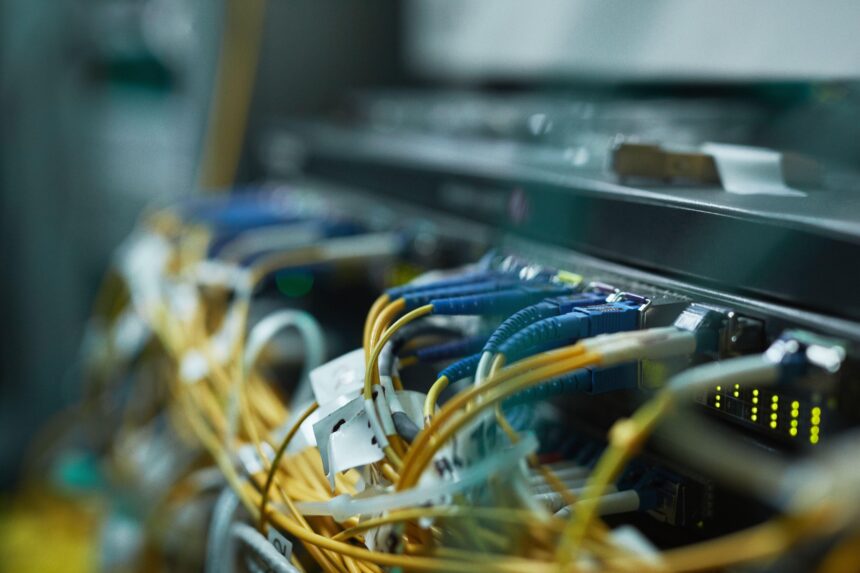This year witnessed a significant surge in AI adoption, which prompted intensified efforts to comprehend its potential opportunities and risks, particularly in cybersecurity.
Data centers, as critical infrastructures, remain a target of attacks, and organizations — in addition to analyzing AI’s role in the future of cybersecurity — continue to look at biometric monitoring and physical data center security as lines of defense against increasingly sophisticated attacks.
Our top 10 data center security stories cover data center security risks, cloud trends, biometric monitoring in data centers, and the emerging role of AI.
There are growing concerns about the way hackers can use ChatGPT to improve phishing emails and coding abilities, create new malware, and improve existing attacks. While it’s been put to good use by security pros, who can use it for research and code and so on, there are also data leakage concerns for data center security professionals using ChatGPT.
On August 18, CloudNordic was forced to tell clients that a ransomware attack had cost them everything. While it’s unclear exactly how the ransomware attack happened, the company stated that it was amplified by moving infected systems from one data center to another. Read about the lessons learned from this attack here.
Physical data center security can become a blind spot for overall management and operations. That scope and visibility must evolve to keep up with the real physical threats against infrastructure. It is important to avoid complacency regarding physical data center security and to ask questions, have conversations, and evolve your security strategies. More tips for staying ahead of the risks can be found in this article.
The use of AI and ML applications in data centers is growing rapidly: new research suggests that in the next five years, 20% of Ethernet switch ports will be to AI-based servers. Whether AI will be pervasive in security teams, however, depends. CISOs should do the appropriate analysis to determine if AI technology can improve SOC capabilities, reduce risk, and have a positive return on investment.
Physical data center security can be more challenging than it first appears. Hacking of software-based physical security, physical tampering with hardware before it reaches the data center, unauthorized movement within data center facilities, malicious insiders and physical data center security risks, and physical attacks that disrupt data center services can be easily missed but present real threats to your data center.
Blockchain is a decentralized and distributed digital ledger technology, which has the potential to revolutionize various industries. While some have questioned whether it’s a wise realm to explore given the series of collapses and failures in 2022, the potential uses for blockchain continue to grow, and it seems trust is returning and more businesses are adopting the technology, making it very much still relevant in 2023.
Biometric monitoring – the use of data such as facial scans and fingerprints – is transforming the way data center operators secure their facilities. It can make the processes of authenticating and monitoring users more efficient and easier to scale. Although there are some challenges associated with biometrics, the trend does seem to be moving away from conventional monitoring and access controls toward biometric monitoring.
In this video, join Stephen Lawton as he discusses the future of cloud computing, covering topics like AI’s role in cybersecurity, the importance of cloud sovereignty, the move to SASE, ransomware, cloud encryption, agentless security, and cyber insurance.
This article explores five security trends from 2023. They reflect the shift toward more complex attack techniques and fewer cybersecurity personnel to defend against them. Read about overstretched cybersecurity staff, the increase in more sophisticated attacks, attackers eluding traditional data center security protections, growing data center compliance challenges, and physical data center security risks here.
The main challenge for CIOs, CISOs, data protection officers, and their security architects is to select and combine the right software solutions and methodologies into a working, cost-effective architecture. Access control, encryption, DLP/CABs, masking, anonymization, and pseudonymization can all help secure sensitive data in the cloud. This article helps you understand how these puzzle pieces fit together.




